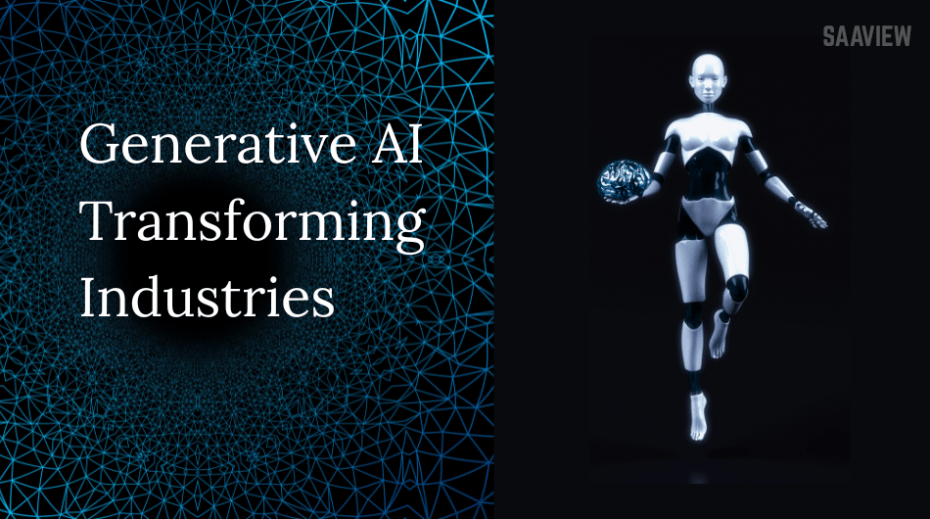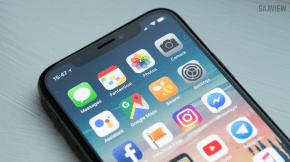Generative AI is transforming industries worldwide in 2025. It helps businesses automate tasks, create new products, and streamline operations. As a result, companies across healthcare, finance, marketing, and design are seeing major benefits.
1. Content Creation and Media
First, the media industry is evolving rapidly. Tools like ChatGPT and DALL·E generate articles, images, and scripts in seconds. These tools save time and reduce costs.
For example, marketing teams now use AI to write emails, blogs, and social posts. This allows creatives to focus on strategy rather than execution.
According to McKinsey, generative AI could boost the global economy by up to $4.4 trillion each year.
2. Healthcare and Drug Discovery
Next, the healthcare sector is seeing groundbreaking changes. Generative AI models can predict protein structures, which speeds up drug discovery.
One notable example is Insilico Medicine. It used AI to develop a new drug in just 18 months, a process that typically takes over five years.
Moreover, hospitals use AI to summarize patient data and recommend treatment plans. This improves both accuracy and efficiency.
3. Finance and Risk Management
In finance, generative AI is reshaping how banks manage data and risk. AI models now detect fraud, generate reports, and analyze contracts instantly.
For instance, JPMorgan Chase uses AI to review legal documents. As a result, legal teams complete work 80% faster.
In addition, financial advisors use generative tools to create personalized investment strategies for clients. This improves service quality and customer satisfaction.
4. Product Design and Manufacturing
Another key area is manufacturing. Engineers use AI-powered design software to create stronger and lighter parts. This reduces material waste and costs.
Companies like Airbus are already using generative AI to design aircraft parts. These parts lower fuel use and support sustainability goals.
Furthermore, manufacturers use simulations to test AI-generated designs. This leads to faster prototyping and fewer production errors.
5. Education and Personalized Learning
Lastly, education is benefiting from generative AI. Learning platforms now use it to create lessons, quizzes, and virtual tutors.
For example, Khan Academy integrated AI to help students get real-time feedback. This makes learning more interactive and tailored.
Teachers can also use AI to prepare personalized content. Therefore, students receive lessons that match their individual learning pace.
















